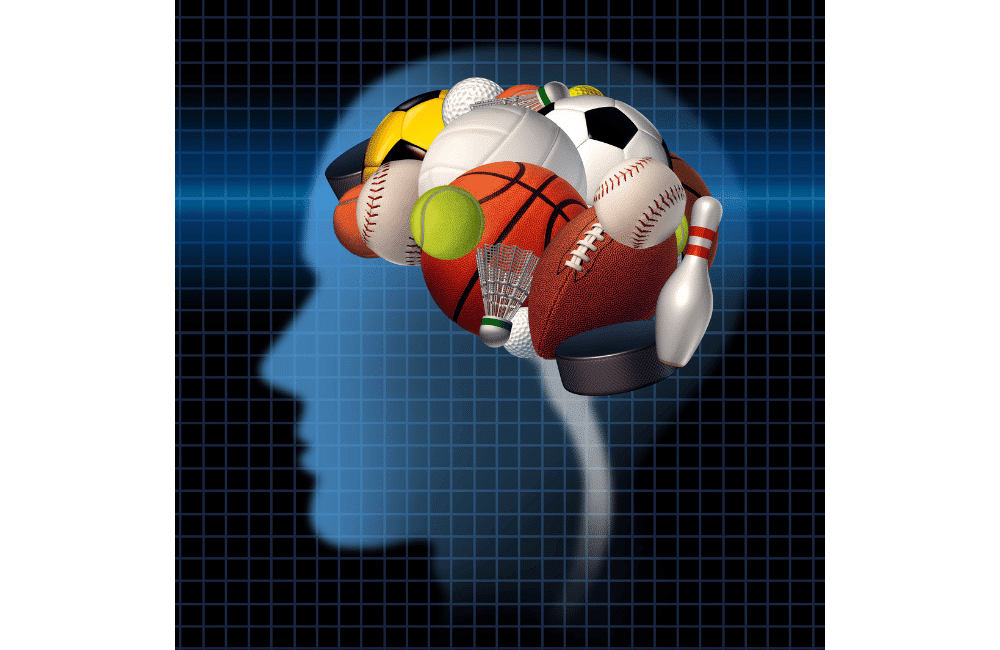In today’s fast-paced world, stress and anxiety have become increasingly prevalent. Many individuals experience heightened states of arousal and vigilance, which can significantly impact their mental well-being.

In this article, we will delve into the concepts of hyperarousal and hypervigilance, exploring their potential causes, symptoms, and the importance of managing these conditions for overall mental health.
What is Hyperarousal?
Definition and Explanation
Hyperarousal refers to a state of increased physiological and psychological activation, in which an individual’s body and mind are on high alert.

It is often associated with the body’s “fight-or-flight” response, triggered by perceived threats or stressful situations.
Causes of Hyperarousal
- Trauma and PTSD: Individuals who have experienced traumatic events may develop hyperarousal as part of post-traumatic stress disorder (PTSD). Traumatic experiences can disrupt the normal stress response system, leading to persistent arousal even when no immediate danger exists.
- Anxiety Disorders: Hyperarousal can also manifest as a symptom of various anxiety disorders, such as generalized anxiety disorder (GAD), panic disorder, or social anxiety disorder. In these cases, the body’s stress response may become dysregulated, resulting in chronic hyperarousal.
- Chronic Stress: Prolonged exposure to stressors like work pressure, financial difficulties, or relationship problems can contribute to chronic hyperarousal. Over time, the body may become accustomed to operating in a heightened state, leading to difficulties in relaxation and a constant feeling of tension.
Symptoms of Hyperarousal
- Physical Symptoms: Hyperarousal can manifest in various physical symptoms, including increased heart rate, rapid breathing, muscle tension, excessive sweating, and restlessness. These physiological responses are part of the body’s preparation for potential threats.
- Emotional Symptoms: Individuals experiencing hyperarousal may also exhibit emotional symptoms, such as irritability, difficulty concentrating, hypervigilance (discussed in the next section), heightened startle response, and sleep disturbances. These emotional reactions can further contribute to feelings of distress and impact daily functioning.
Understanding Hypervigilance
Definition and Explanation
Hypervigilance refers to an exaggerated state of alertness and vigilance, in which individuals are excessively aware of their surroundings and constantly scanning for potential threats or dangers.

It is closely related to hyperarousal and is often seen in conjunction with anxiety disorders and PTSD.
Causes of Hypervigilance
- Traumatic Experiences: Individuals who have experienced trauma may develop hypervigilance as a defense mechanism to protect themselves from potential threats. This heightened vigilance allows them to anticipate and respond quickly to perceived dangers, minimizing the risk of further harm.
- Anxiety Disorders: Hypervigilance can also be a symptom of various anxiety disorders, including panic disorder, agoraphobia, or obsessive-compulsive disorder (OCD). In these cases, individuals may continuously scan their environment for triggers or potential sources of anxiety, leading to a constant state of vigilance.
- Chronic Stress: Living in a perpetually stressful environment can heighten an individual’s vigilance, resulting in hypervigilance. The ongoing anticipation of stressors and the need to be prepared for potential threats can keep individuals in a hyperalert state.
Symptoms of Hypervigilance
- Heightened Awareness: Individuals experiencing hypervigilance may find themselves constantly on edge, easily startled by sudden noises or movements, and excessively aware of their surroundings. This heightened awareness can be exhausting and make relaxing or focusing on other tasks challenging.
- Intrusive Thoughts: Hypervigilance can also lead to recurring negative thoughts, worries, or fears about potential dangers. Individuals may constantly imagine worst-case scenarios or have intrusive thoughts that heighten their anxiety and reinforce their state of hypervigilance.
- Emotional Distress: Feelings of anxiety, restlessness, and a constant sense of being “on guard” are common emotional experiences associated with hypervigilance. These emotional distresses can further contribute to the individual’s overall sense of unease and impact their daily functioning.
Managing Hyperarousal and Hypervigilance
A. Seeking Professional Help
- Therapy: Cognitive-behavioral therapy (CBT), exposure therapy, and eye movement desensitization and reprocessing (EMDR) are effective treatments for managing hyperarousal and hypervigilance related to trauma and anxiety disorders. These therapeutic approaches help individuals identify and modify negative thought patterns and develop healthier coping strategies.
- Medication: In some cases, medications like antidepressants or anti-anxiety drugs may be prescribed to help manage symptoms associated with hyperarousal and hypervigilance. These medications can help regulate brain chemistry and alleviate some of the physiological and emotional symptoms.
B. Self-Help Strategies
- Relaxation Techniques: Engaging in relaxation techniques such as deep breathing exercises, meditation, yoga, and progressive muscle relaxation can help reduce hyperarousal and promote a sense of calm. These techniques encourage the activation of the body’s relaxation response, counteracting the heightened state of arousal.
- Healthy Lifestyle: Maintaining a healthy lifestyle is crucial for managing hyperarousal and hypervigilance. Regular exercise, adequate sleep, a balanced diet, and minimizing stimulants like caffeine and nicotine can support overall mental well-being and contribute to a more balanced stress response.
- Stress Management: Engaging in stress-reducing activities such as hobbies, spending time in nature, practicing mindfulness, or engaging in creative outlets can help individuals manage and reduce their overall stress levels. Finding healthy ways to unwind and relax is important, allowing the body and mind to recover from heightened arousal and vigilance.
Final Thoughts
Hyperarousal and hypervigilance are common experiences associated with stress, anxiety disorders, and trauma. Understanding these conditions’ causes, symptoms, and management strategies is vital for maintaining good mental health. By seeking professional help, implementing self-help strategies, and adopting a holistic approach to stress management, individuals can effectively manage and reduce hyperarousal and hypervigilance, leading to a more balanced and fulfilling life.

